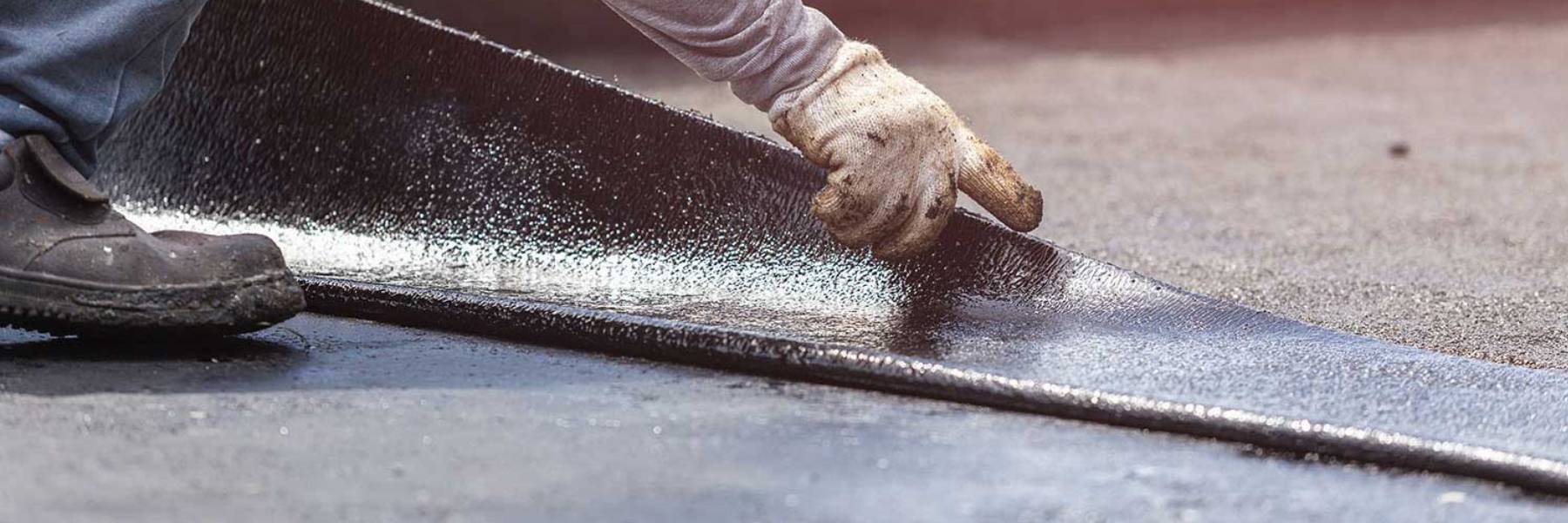
ROOF TYPES
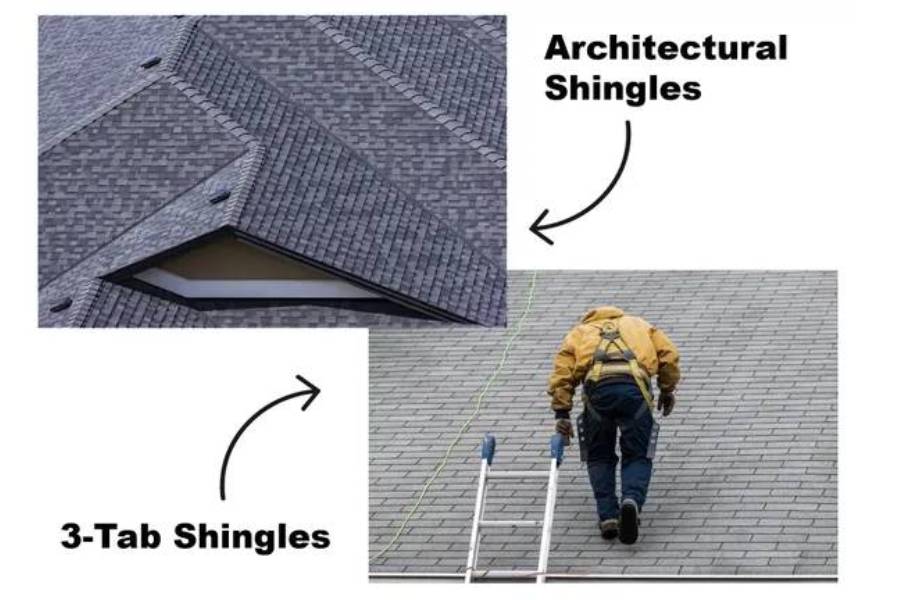
Shingle Roofs
Architectural Shingles
Architectural shingles are dimensional or laminated high quality shingles that bring beauty to your roof. They are made with ceramic coated minerals from a fiberglass mat base that is embedded in water-resistant asphalt. These shingles are extremely durable and boast a multidimensional texture and appearance, and can last 30 years or longer.
3-Tab Shingles
One-piece, single-layer 3-tab shingles are the most basic and economical shingle on the market. They are lightweight and designed to withstand the elements for about 20 years. Their exposed layer is notched into 3 tabs to give it a decorative appearance. 3-tab shingles may be a good choice for homeowners on a budget.
Metal Roofs
Standing Seam (Commercial and Residential)
Standing seam metal roofing is defined as a concealed fastener metal panel system that features vertical legs and a broad, flat area between the two legs. It’s also described as having raised seams, or vertical legs, that rise above the level of the panel’s flat area. Standing seam systems have fasteners that are hidden, whether the panel is attached to the roof deck using a clip or is directly fastened to the deck under the vertical leg utilizing a fastener flange. The standing seam is considered a higher quality system that is commonly used on architectural and commercial buildings.
Corrugated Metal (Commercial and Residential)
Corrugated metal roofing is a metal sheet that is roll formed into a metal panels. These panels are than attached to the roof with screws. The traditional shape of corrugated sheet metal is round and wavy. It is low cost, light weight, durable, energy efficient, long lasting, and easy to install. It is used for commercial and residential applications.
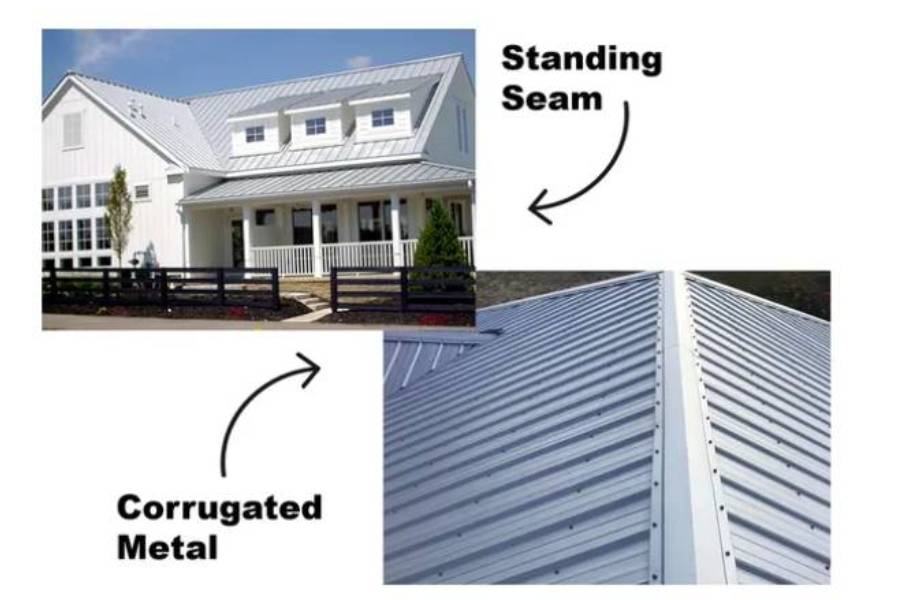
Flat Roofs
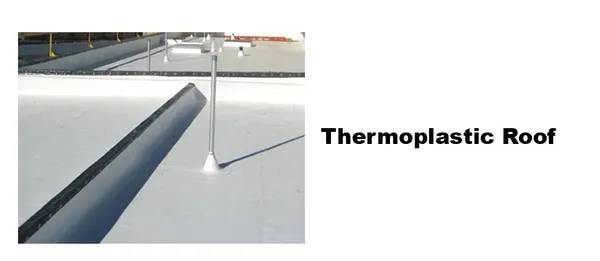
Thermoplastic Membranes – TPO or PVC
Thermoplastic roofing membrane are single layers of material usually white or gray but can be found in other colors. These membranes can be either adhered, similar to a EPDM rubber roof, or mechanically attached with screws and plates. From a distance PVC and TPO membranes are hard to distinguish but will most often be white or light color.
Built-Up Roofing
BUR or Built Up Roof types have been in use for more than 100 years in the United States and are often referred to as tar and gravel roofs. Layers of roofing felt usually three feet wide were striped in and covered with melted hot tar. Workers would heat the asphalt tar or coal pitch to a liquid in a large kettle then mop it on the roof. After the 2-4 piles or layers, or roofing felt were mopped into place with the tar, the roofs were often covered in aggregate or pea gravel. The small stones or gravel were used to protect the tar from the damaging effects of the suns UV rays.
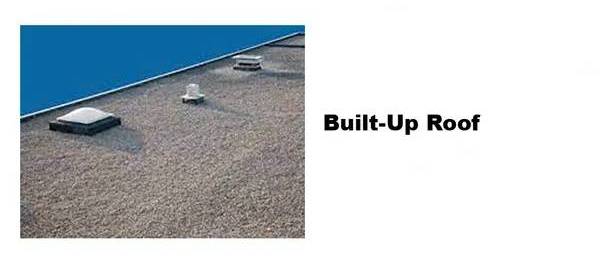
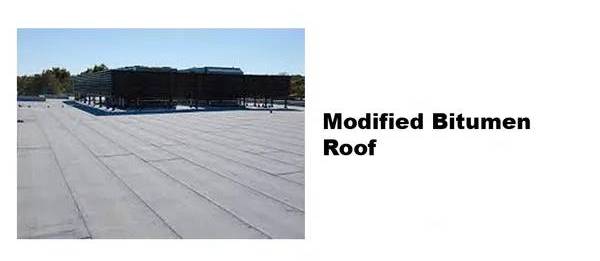
Modified Bitumen
Modified Bitumen is similar to a built up roof in that it is composed of asphalt rolls usually three foot wide but a modified bitumen roof is usually only made of of two piles or layers, a base sheet and a cap sheet. Modified bitumen can be installed four basic ways: 1) hot applied with hot tar, 2) cold applied solvent based adhesive that does not require the use of heat, 3) torched down with an open flame that melts the two sheets together, or 4) peel and stick base and cap sheets that self adhere once a release tape is removed. The cap sheet or top layer usually looks granulated similar to the granules on a shingle roof and often is light gray in color.
EPDM Rubber Roof.
EPDM Rubber Roof
Rubber roof types are fairly easy to recognize and are installed in two basic ways: 1) Ballasted or weighted down with large river stone or 2) Adhered or glued down. Rubber roof types that are adhered are easy to spot, they are black in color and usually stretched tight over an insulation board or fiber board. Rubber roofs that are ballasted are being held down and in place with the use of ballast or large stones on top of the sheets of roofing. These roof types are covered in rock similar to a built up roof but the stones are usually larger and they are not stuck to the roof with tar. If you gently move stone away you will be able to expose the rubber membrane.
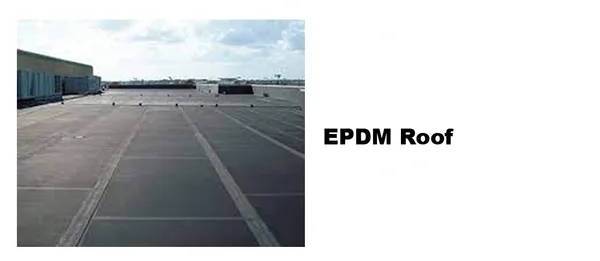
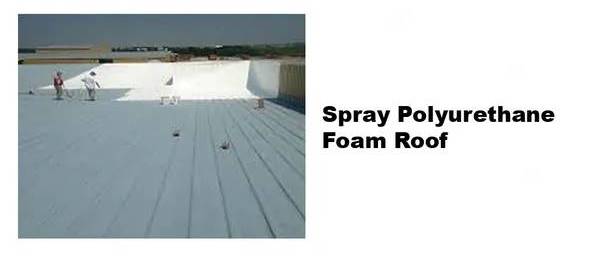
Spray Polyurethane Foam Roof
A spray foam roof begins with a layer of high density polyurethane foam sprayed from a wand or sprayer. The foam is then coated with some type of waterproofing elastomeric top coat. This top coat often reflective gray or white in color.
Specialty Roofs
Slate Roof Tiles
Clay and Concrete Tiles
Wood Shingles and Shake
Metal Shingle
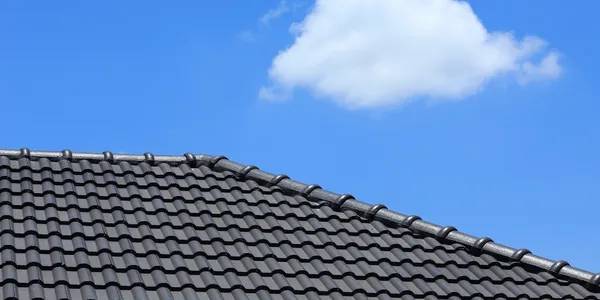
To get a fast quote or schedule an inspection from Post Oak Roofing just contact us at 214-695-1537 for Tyler and surrounding areas
